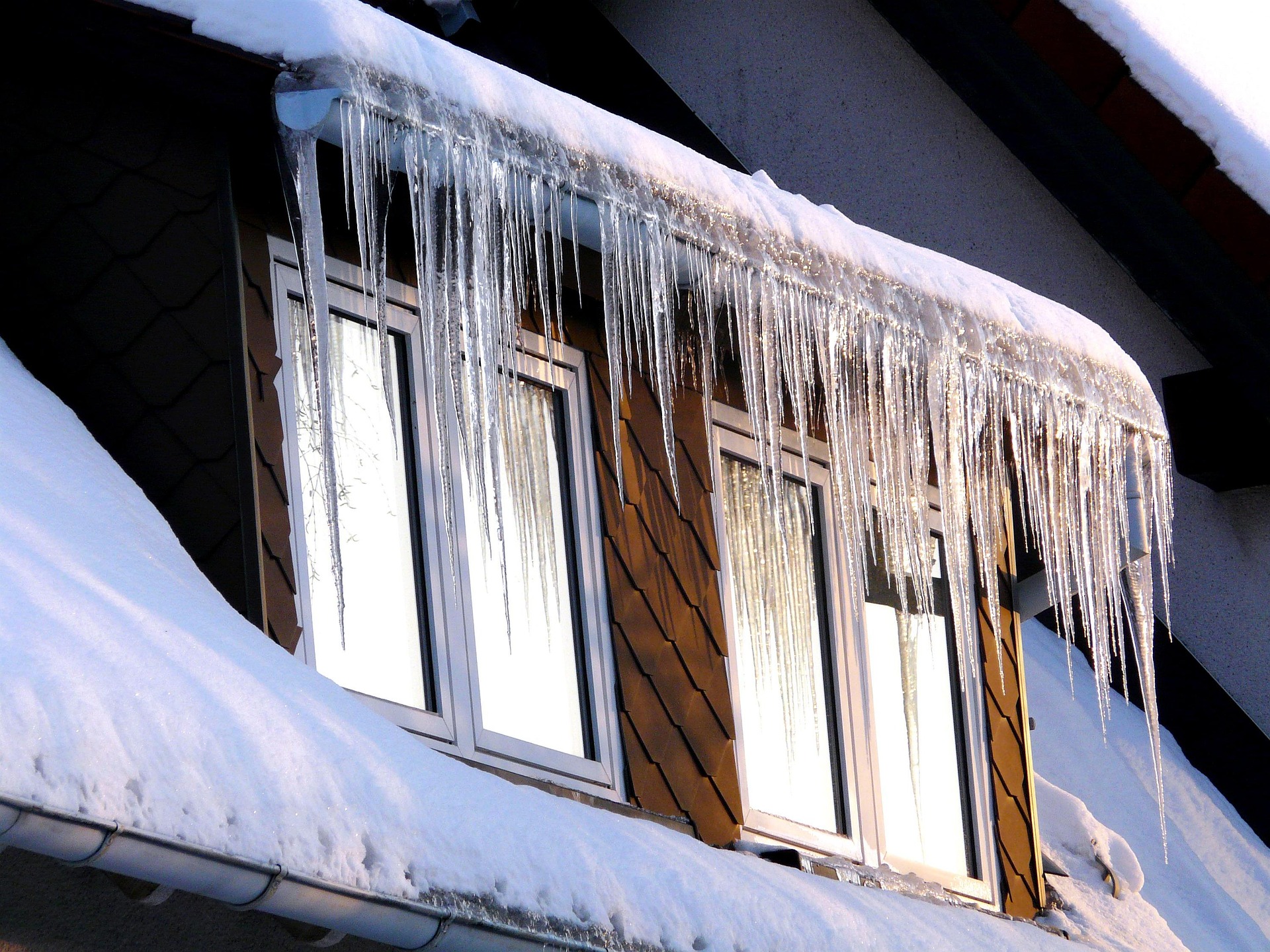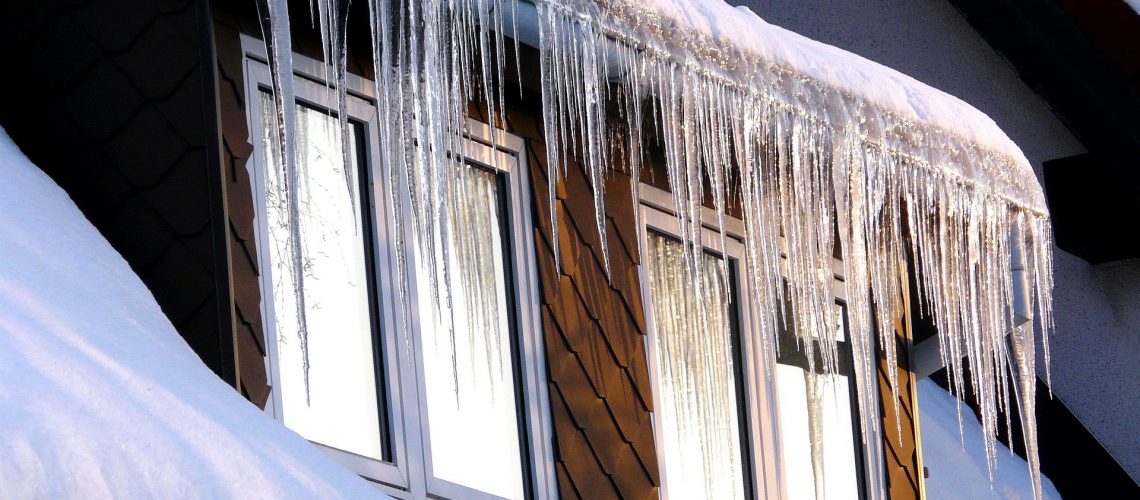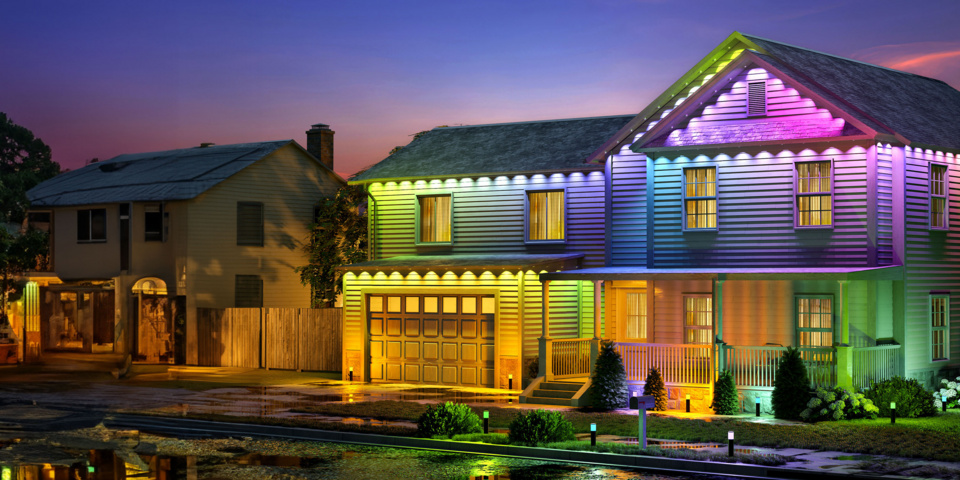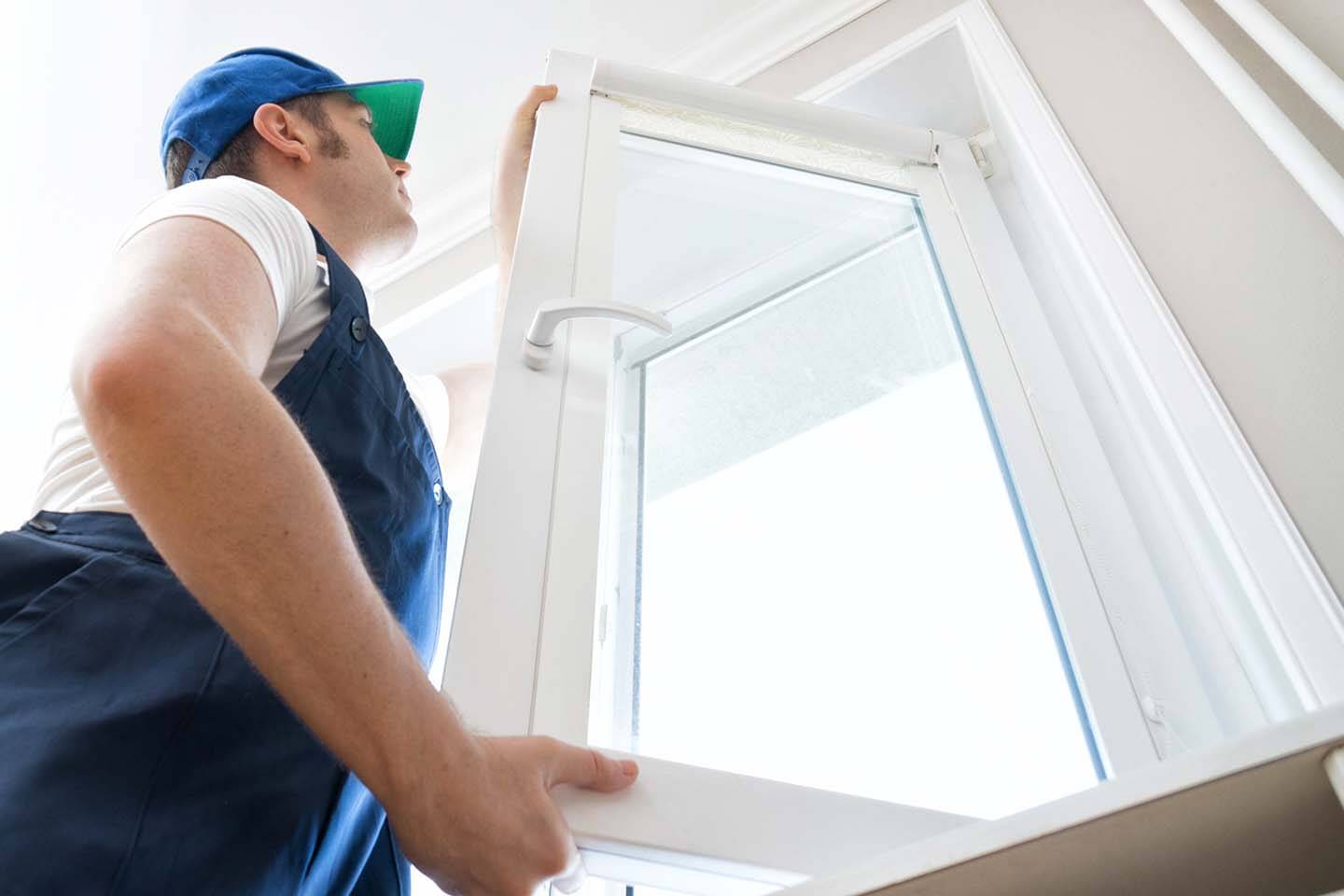As temperatures drop in Springfield each year, many homeowners start noticing the same frustrating problem forming along their rooflines: ice dams. They’re not just annoying to look at. Ice dams can cause leaks, damage insulation, warp siding, loosen shingles, and even ruin interior walls and ceilings. And once one forms, it can feel like you’re stuck babysitting it until spring.
But here’s the thing most people don’t realize: Ice dams aren’t actually a roof problem. They’re a whole-home issue.
If you want to prevent them, you have to understand what’s really causing them. Below are seven lesser-known reasons ice dams keep forming, and how you can finally stop them before winter gets serious.
1. Warm Air Leaking Into the Attic
One of the biggest culprits behind ice dams is heat escaping into the attic. When warm air rises and leaks through gaps, cracks, or poor insulation, it melts the snow sitting on the roof. The water runs down to the edges, where the roof is cold, and refreezes into an ice ridge.
What helps: Air sealing, proper insulation, and attic blankets.
2. Inadequate Attic Insulation
Even small insulation gaps can let enough heat escape to create inconsistent roof temperatures. Springfield homes with older insulation often see the worst of it, especially houses built before the 2000s.
What helps: Adding blown-in insulation or upgrading outdated insulation so the attic stays cold and even.
3. Poor Roof Ventilation
Ventilation keeps attic temperatures stable, prevents condensation, and protects the roof deck. Without proper airflow, the attic warms up, snow melts too quickly, and pooling water leads to ice dams.
What helps: Ridge vents, soffit vents, and balanced intake/exhaust airflow.
4. Clogged Gutters
If your gutters are filled with leaves, fall debris, or shingle granules, water has nowhere to go. It sits, freezes, and expands — creating the perfect conditions for ice dams.
What helps: Clean gutters or installing gutter guards before the first freeze.
5. Aging or Damaged Shingles
Old shingles don’t shed water the way they used to. As they curl or loosen, they trap snow and ice. Once melting begins, water slides under them instead of off the roof.
What helps: Roof repair or replacement, especially if shingles are over 15–20 years old.
6. Snow Buildup on Low-Slope Roofs
Roofs with a low pitch hold onto snow longer. When these areas warm unevenly, ice dams form quickly — especially on north-facing sides of Springfield homes.
What helps: Snow management or heat cable installation in problem areas.
7. Not Winterizing Early Enough
Most ice dam damage happens in the first cold snaps of the season, before homeowners think about winter prep.
What helps: A fall roof inspection to catch small issues before they freeze and turn into big problems.
Protect Your Home Before Winter: Call Capital City Home Improvement
Ice dams don’t show up because of one issue. They happen when several small problems build up over time. The good news is that every single cause can be fixed…and usually at a lower cost when addressed proactively.
Capital City Home Improvement can help with:
✔ Roof inspections
✔ Attic insulation upgrades
✔ Gutter guards
✔ Ventilation improvements
✔ Roof repairs or full replacements
✔ Winter-prep tune-ups for Springfield homeowners
If you want a warmer home, lower energy bills, and zero ice dams this winter, now is the time to schedule service.
📞 Call Capital City Home Improvement today for a free estimate — The Best for Less!








